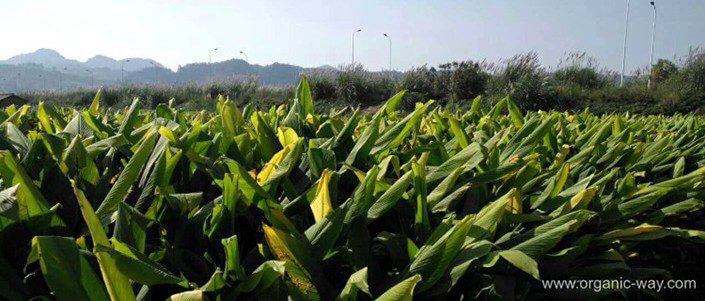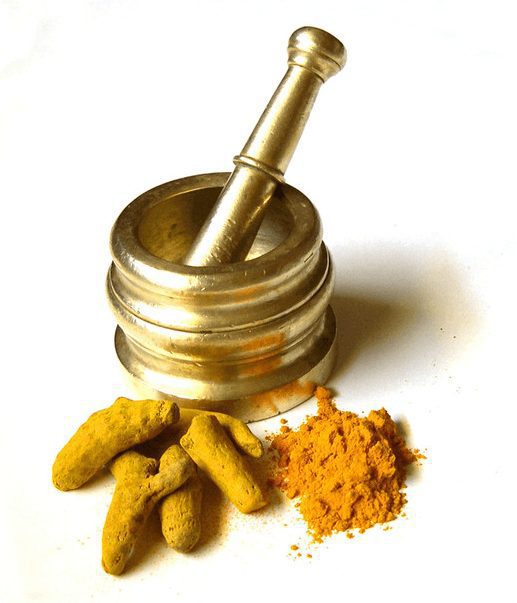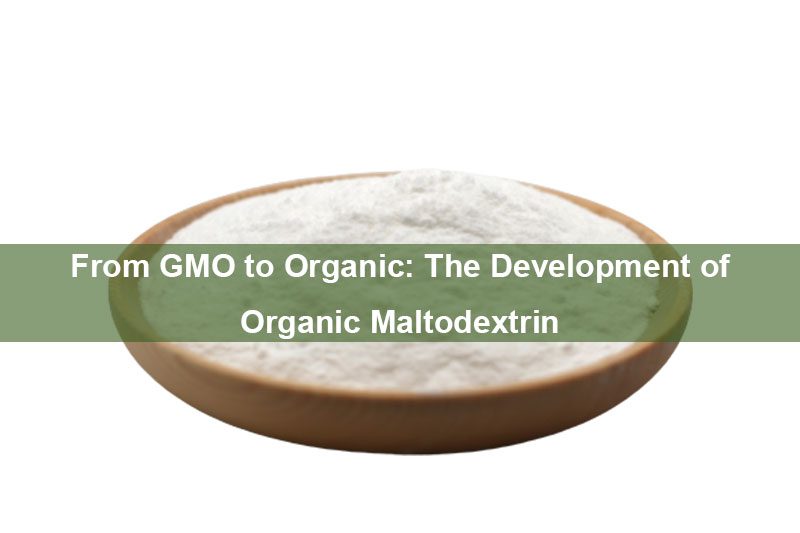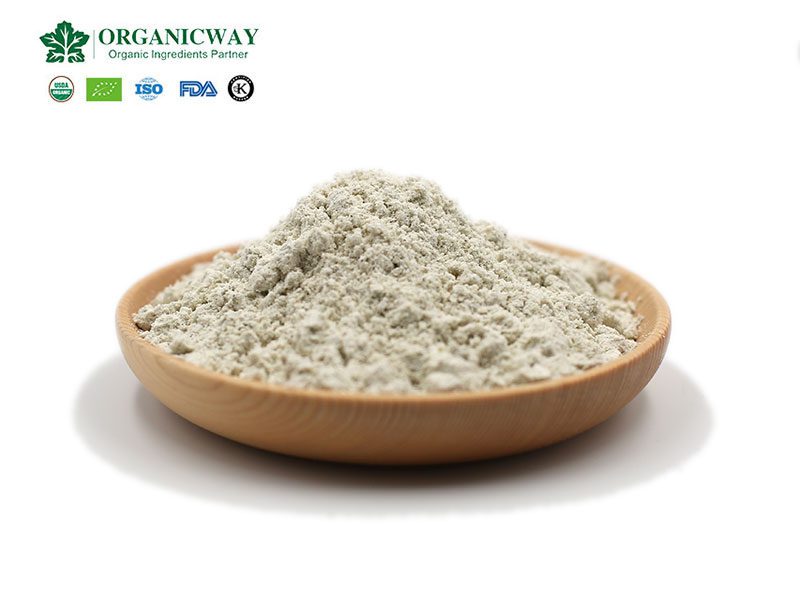Table of Contents
 The history of Turmeric :
The history of Turmeric :
The origin of the name is uncertain, possibly deriving from Middle English/early modern English as turmeric or Margaret. There was speculation that it may be of Latin origin, terra merita (merited earth). The name of the genus, Curcuma, is from an Arabic name of both saffron and turmeric.
Biochemical Composition:
The most important chemical components of turmeric are a group of compounds called curcuminoids, which include curcumin (diferuloylmethane), dimethoxy curcumin, and bisdemethoxycurcumin. The best-studied compound is curcumin, which constitutes 3.14% (on average) of powdered turmeric. However, there are big variations in curcumin content in the different lines of the species Curcuma longa (1–3189 mg/100g). In addition, other important volatile oils include turmerone, atlantone, and zingiberene. Some general constituents are sugars, proteins, and resins.
Using:
1.Culinary
Turmeric grows wild in the forests of South and Southeast Asia. It is one of the key ingredients in many Asian dishes.
Turmeric is mostly used in savory dishes but is used in some sweet dishes, such as the cake sfouf. In India, turmeric plant leaf is used to prepare special sweet dishes, patoleo, by layering rice flour and coconut-jaggery mixture on the leaf, then closing and steaming it in a special copper steamer.
In recipes outside South Asia, turmeric is sometimes used as an agent to impart a golden yellow color. It is used in canned beverages, baked products, dairy products, ice cream, yogurt, yellow cakes, orange juice, biscuits, popcorn color, cereals, sauces, gelatins, etc. It is a significant ingredient in most commercial curry powders.
Most turmeric is used in the form of rhizome powder. In some regions (especially in Maharashtra, Goa, Konkan, and Kanara), turmeric leaves are used to wrap and cook food. Turmeric leaves are mainly used in this way in areas where turmeric is grown locally since the leaves used are freshly picked. Turmeric leaves impart a distinctive flavor.
Although typically used in its dried, powdered form, turmeric is fresh, like ginger. It has numerous uses in East Asian recipes, such as a pickle that contains large chunks of soft turmeric, made from fresh turmeric.
Turmeric is widely used as a spice in South Asian and Middle Eastern cooking. Many Persian dishes use turmeric as a starter ingredient. Various Iranian khoresh dishes are started using onions caramelized in oil and turmeric, followed by other ingredients. The Moroccan spice mix ras el hanout typically includes turmeric.
In India and Nepal, turmeric is widely grown and extensively used in many vegetable and meat dishes for its color; it is also used for its supposed value in traditional medicine.In South Africa, turmeric is used to give boiled white rice a golden color.

In Vietnamese cuisine, turmeric powder is used to color and enhance the flavors of certain dishes, such as bánh xèo, bánh khọt, and mi Quang. The powder is used in many other Vietnamese stir-fried and soup dishes. The staple Cambodian curry paste kroeung, used in many dishes including Amok, typically contains fresh turmeric.
In Indonesia, turmeric leaves are used for the Minang or Padang curry base of Sumatra, such as rendang, sate Padang, and many other varieties. In Thailand, fresh turmeric rhizomes are widely used in many dishes, in particular in southern Thai cuisine, such as yellow curry and turmeric soup. In medieval Europe, turmeric became known as Indian saffron because it was widely used as an alternative to the far more expensive saffron spice.
2. Dye
Turmeric makes a poor fabric dye, as it is not very lightfast, but is commonly used in Indian and Bangladeshi clothing, such as saris and Buddhist monks’ robes. Turmeric (coded as E100 when used as a food additive) is used to protect food products from sunlight. Oleoresin is used for oil-containing products. A curcumin and polysorbate solution or curcumin powder dissolved in alcohol is used for water-containing products. Over-coloring, such as in pickles, relishes, and mustard, is sometimes used to compensate for fading.
In combination with annatto (E160b), turmeric has been used to color cheeses, yogurt, dry mixes, salad dressings, winter butter and margarine. Turmeric is also used to give yellow color to some prepared mustards, canned chicken broths, and other foods (often as a much cheaper replacement for saffron).
3. Indicator
Turmeric paper also called Curcuma paper or in German literature, Curcumapapier is paper steeped in a tincture of turmeric and allowed to dry. It is used in chemical analysis as an indicator of acidity and alkalinity. The paper is yellow in acidic and neutral solutions and turns brown to reddish-brown in alkaline solutions, with a transition between a pH of 7.4 and 9.2.
For pH detection, turmeric paper has been replaced in common use by litmus paper. Turmeric can be used as a substitute for phenolphthalein, as its color change pH range is similar.
4. Traditional Uses
In Ayurvedic practices, turmeric has been used as an attempted treatment for a variety of internal disorders, such as indigestion, throat infections, common colds, or liver ailments, as well as topically to cleanse wounds or treat skin sores. Turmeric is considered auspicious and holy in India and has been used in various Hindu ceremonies for millennia. It remains popular in India for weddings and religious ceremonies.
Turmeric has played an important role in Hindu spiritualism. The robes of the Hindu monks were traditionally colored with a yellow dye made of turmeric. Because of its yellow-orange coloring, turmeric was associated with the sun or theThirumal in the mythology of ancient Tamil religion. Yellow is the color of the solar plexus chakra which in traditional Tamil Siddha medicine is an energy center. Orange is the color of the sacral chakra.
The plant is used in Poosai (Tamil) to represent a form of the Tamil Goddess Kottravai. In Eastern India, the plant is used as one of the nine components of navapatrika along with young plantain or banana plant, taro leaves, barley (jayanti),wood apple (bilva), pomegranate (darimba), asoka, manaka or manakochu, and rice paddy. The Navaptrika worship is an important part of Durga festival rituals.
It is used in poosai to make a form of Ganesha. Yaanaimugathaan, the remover of obstacles, is invoked at the beginning of almost any ceremony and a form of Yaanaimugathaan for this purpose is made by mixing turmeric with water and forming it into a cone-like shape.
Haldi ceremony (called Gaye holud in Bengal) (literally “yellow on the body”) is a ceremony observed during Hindu wedding celebrations in many parts of India including Bengal, Punjab, Maharashtra, and Gujarat. The ‘ceremony takes place one or two days before the religious and legal Bengali wedding ceremonies. The turmeric paste is applied by friends to the bodies of the couple. This is said to soften the skin but also colors them with the distinctive yellow hue that gives its name to this ceremony. It may be a joint event for the bride and groom’s families, or it may consist of separate events for the bride’s family and the groom’s family.
During the Tamil festival Pongal, a whole turmeric plant with fresh rhizomes is offered as a thanksgiving offering to Suryan, the sun god. Also, the fresh plant sometimes is tied around the Pongal pot in which an offering of Pongal is prepared.
In Tamil Nadu and Andhra Pradesh, as a part of the Tamil/Telugu marriage ritual, dried turmeric tuber tied with string is used to create a Thali necklace, the equivalent of marriage rings in western cultures. In western and coastal India, during weddings of the Marathi and Konkani people, Kannada Brahmins turmeric tubers are tied with strings by the couple to their wrists during a ceremony called Kankanabandhana.
Friedrich Ratzel in The History of Mankind reported in 1896 that in Micronesia, the preparation of turmeric powder for the embellishment of body, clothing, and utensils had ceremonial character.
As turmeric and other spices are commonly sold by weight, the potential exists for powders of toxic, cheaper agents with a similar color to be added, such as lead(II, IV) oxide, giving turmeric an orange-red color instead of its native gold-yellow. Another common adulterant in turmeric, metanil yellow (also known as acid yellow 36), is considered an illegal dye for use in foods by the British Food Standards Agency.

